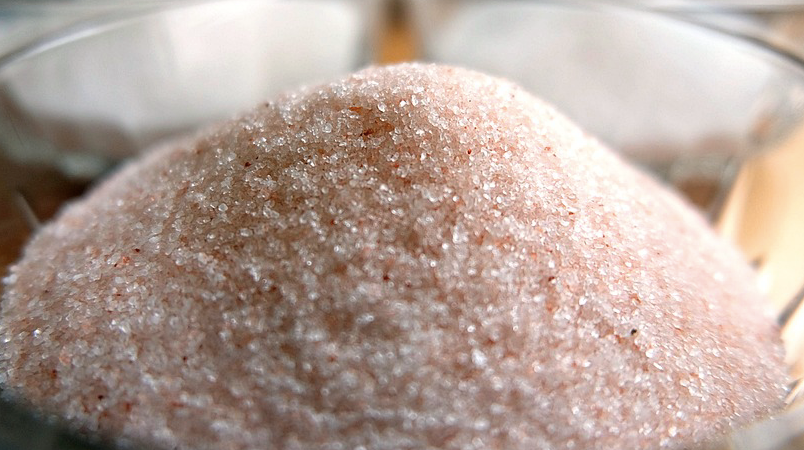I am a big proponent of the Lime Salt Water. Actually the first ever article I published back in 2009 was on this tip and since then it has taken off. I frequently see statements about it. And some make me wonder. Specifically about the Himalayan Salt as being overrated. As these statements lead to a slight level of paralysis in some, here a brief Q&A on Himalaya Salt:
Is Himalayan Salt more healthy than white salt?
The simple answer is no. I still prefer colored salts.
Why do I prefer Himalaya Salt and other colored salts over white salt?
The color of the salt comes from the minerals the salt contains. Some call these minerals and trace mineral contaminants. A contaminant is something that makes a mixture inferior or impure. Adding further minerals to a mix of minerals which salt is, makes it impure, or upgrades it? The pink color that the Himalayan Salt has comes from iron. Iron has many important functions in the body. And is one of the most known minerals for good reason. So do many other minerals and trace minerals.
Why do I prefer Himalayan Salt?
Because it was the easiest available colored salt in Germany for years. Most supermarkets carry it which increase client compliance. Flavor-wise I am actually a bigger fan of Celtic Sea Salt which has just been easily available in Germany for the last few years. To do a bit of promo for it, you can get it on amazon here . Any other colored salts. The color comes from a slightly broader mineral spectrum.
Do we need these minerals from salt?
Getting slight amounts of minerals other than just sodium chloride through salt is actually very normal. Rock salt and sea salt are our most traditional and original forms of salt. Eaten with food and also taken up by the skin from air and water. Both contain a wide spectrum of minerals and are not purified like table salt.
Any problems with purified table salt?
Purified table salt actually contains up to 2% of anti-caking, conditioning agents and even dextrose in some products. And 98-99.5% sodium chloride. The chemicals mentioned above actually provide little benefit to the body compared to minerals such as potassium, magnesium, etc that are found in natural salts. So from this perspective one can even make the statement the purified salt has a higher level of chemical contaminants due to the process of purification than natural salts that are not purified.
Is Himalayan Salt more expensive than regular salt?
Himalaya Salt costs about 3 euros per 500g. Regular salt costs about 60 cents per 500g. Yes, in a relative comparison that is more. Yet, definitely not expensive. In an absolute comparison of price and considering how long it takes to use 500g of salt, the argument of Himalayan Salt being expensive is mathematically irrelevant. Both salt and Himalayan Salt are far from expensive.
Can I use regular salt in the Salt-Lime-Water instead of Himalayan Salt?
Yes, technically, you can. The main benefit of the Salt-Lime-Water actually comes from sodium chloride which is the main mineral in any salt.
In the words of the great Dr Peterson:
" Dr Peterson, what's your favorite color?" ”
“ Well that depends on what you mean by favorite. And it also depends on what you mean by color. This is a very complex question… ”
Two fun facts on salt:
1. The word " salary" comes from the Latin word for salt. The reason for this is most likely that with the spread of civilization, salt became one of the world's main trading commodities.
2. The word " salad" literally means "salted", and comes from the ancient Roman practice of salting leaf vegetables .
References:
If you are looking for the specific mineral analysis of the salt you use many brands supply it as a confirmation of quality.
Picture: Himalayan Salt.

